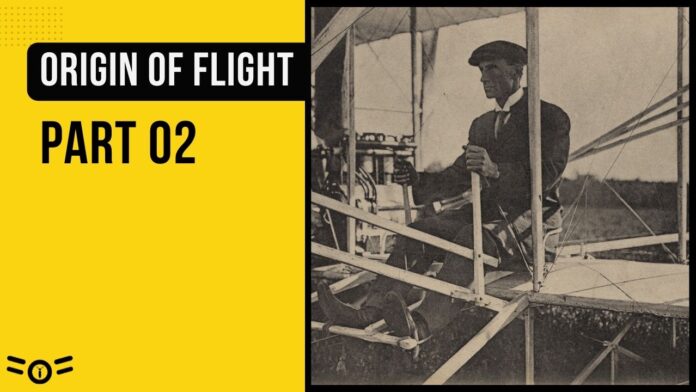BALLOONS:
THE BALLOON FLIGHTS OF 1783 began a tradition of lighter-than-air flight. The drawbacks of balloons were:
1. A huge balloon was needed to carry even a small weight.
2. It was only marginally controllable.
3. Balloon was at the mercy of the winds.
Some practical uses for balloons in the 19th century were:
1. They were employed as observation platforms during the American Civil War,
2. In some wars, they were used to carry messages.
AIRSHIP:

The first controlled powered balloon – also known as dirigible or airship – was demonstrated by Frenchman Henri Giffard in 1852. It used a steam powered propeller under a cigar-shaped bag filled with coal gas. It flew 27km (17 miles) at around 10kph (6mph).
CAYLEY:
Belonging to Yorkshire, England was George Cayley, who was to make the first serious practical and theoretical progress toward heavier-than-air flight. He defined the challenge of heavier-than-air flight in these famous words:
“The whole problem is confined within these limits to make a surface support a given weight by the application of power to the resistance of air.”
Cayley addressed himself to these problems of lift and drag through careful observation of bird flight, systematic experimentation, and mathematical calculations. He used an early device called “whirling arm” – like a wind tunnel, to test the lift created by different aero-foils, or wings, at various angles and speeds. As early as 1799 made a crucial step forwards in design as compared to others. He suggested that the wing was not a means of propulsion, but instead a device to generate lift. He tested this by building gliders. His calculations of lift and drag, and his comments on how an aircraft could be stabilized and controlled, constituted a solid basis for potential progress toward heavier-than-air flight. Unfortunately, they were largely ignored. Sir George Cayley, worked to create the world’s first manned heavier-than-air flight in a glider in 1853. It was a success but kept private. It came to light many years after his death.
First Wind Tunnel:
Francis Wenham, a distinguished marine engineer and a founder of the Aeronautical Society, built the first wind tunnel and produced improved data on the lift provided by different wing shapes.
Aeronautical Society:
The foundation of the Aeronautical Society of Great Britain in 1866 a dignified association of scientists and engineers who staged the world’s first exhibition of flying machines. They made some notable efforts to advance their understanding of aerodynamics.
Early Engine Powered Flight:
The first serious of the steam powered experiment was by a French naval officer, Félix du Temple de la Croix. In the 1850s, with his brother Louis, he designed and flew a model aeroplane powered first by clockwork and then by a miniature steam engine.He then designed a full-size monoplane with a lightweight steam engine and retractable undercarriage. Russian experimenter, Aleksander Mozhaiskii 1884, at Krasnoe Selo outside St Petersburg, tested a two-engine monoplane that momentarily lifted in the air.French electrical engineer Clément Ader tested a bat-winged steam-powered aircraftin 1890. It flew at a height of around 20cm (8in) for a distance of 50m (165ft).
Otto Lilienthal:
BORN IN POMERANIA, Otto Lilienthal (1848–1896) was fascinated from an early age by the flight of birds. Although he trained as an engineer and ran a factory building steam engines, he remained convinced that ornithology held the key to human flight and his publication Bird-flight was the Basis of Aviation. Although he became famous for his experiments with gliders, flying his first one in 1891, he never abandoned the idea of flapping wings as a means of propulsion. (TO BE CONTINUED IN PART 03)
If you like this content and want to see more content like this, follow Aéronefs


